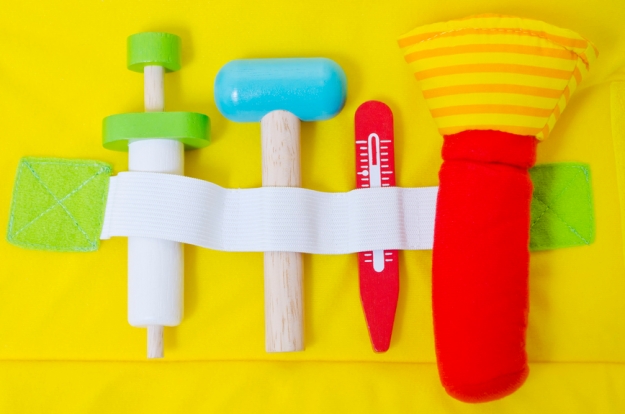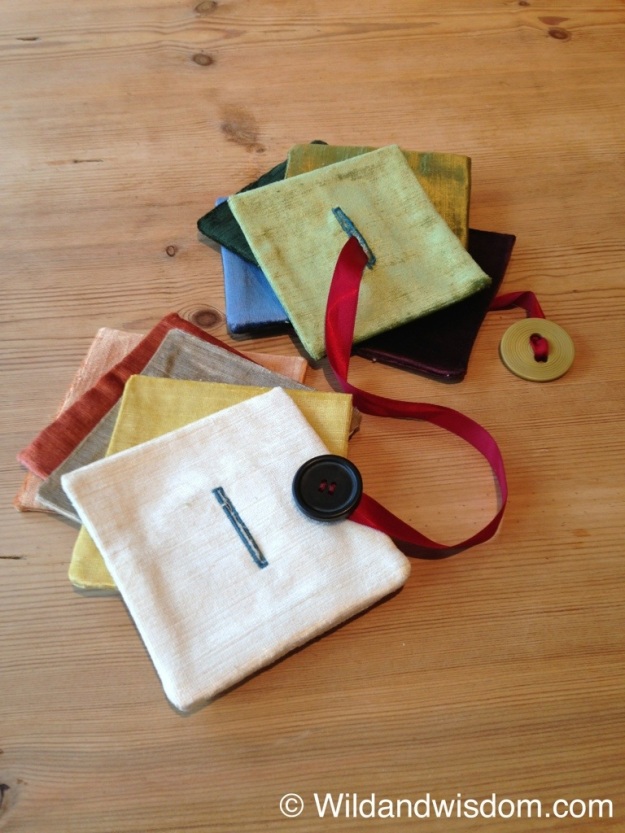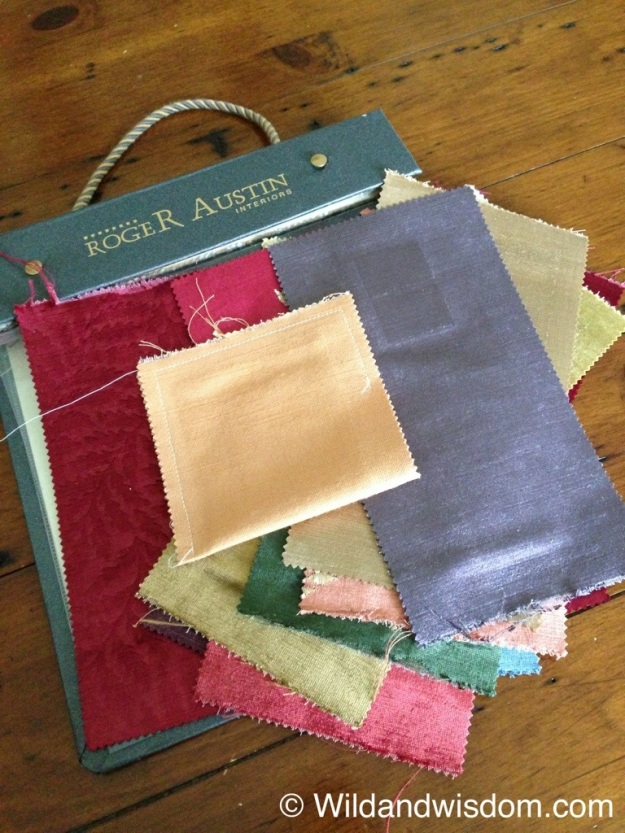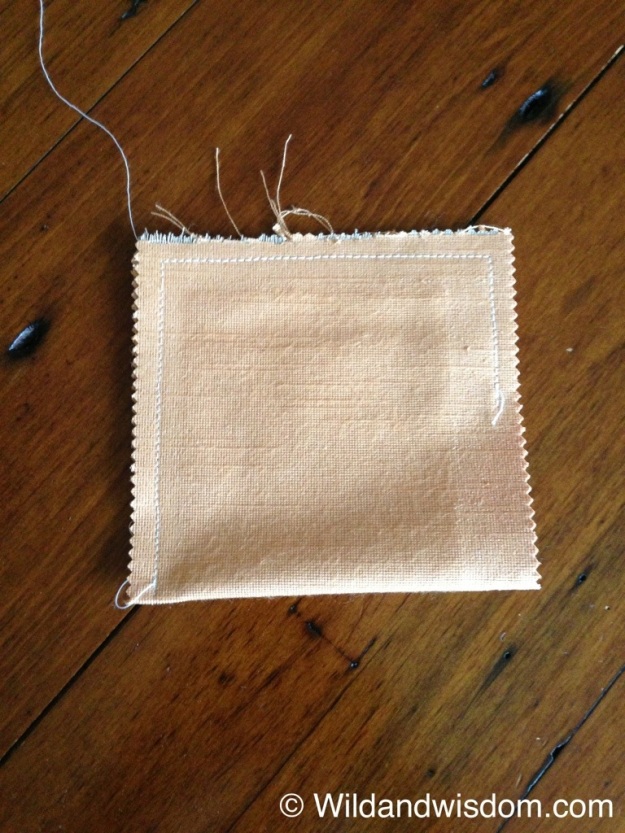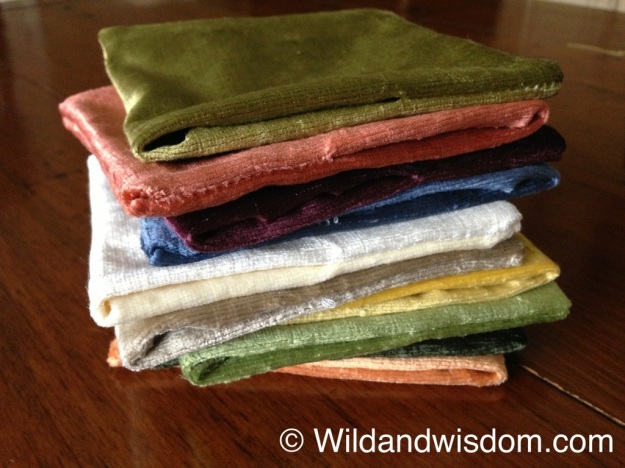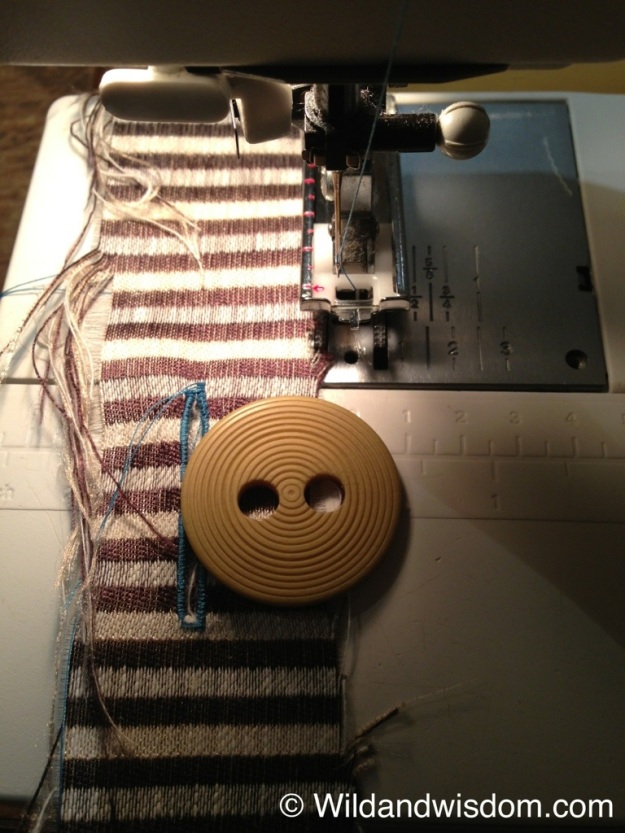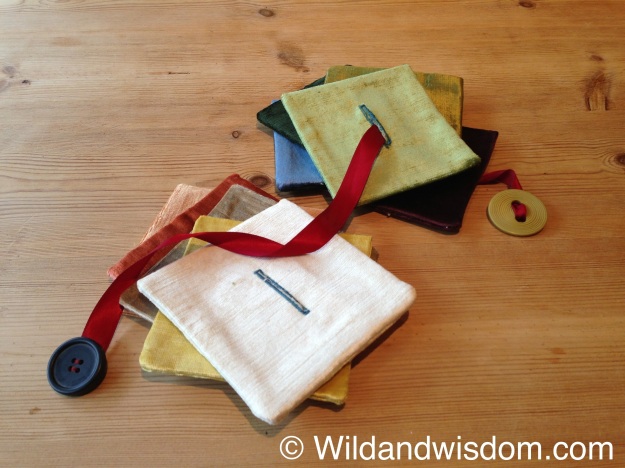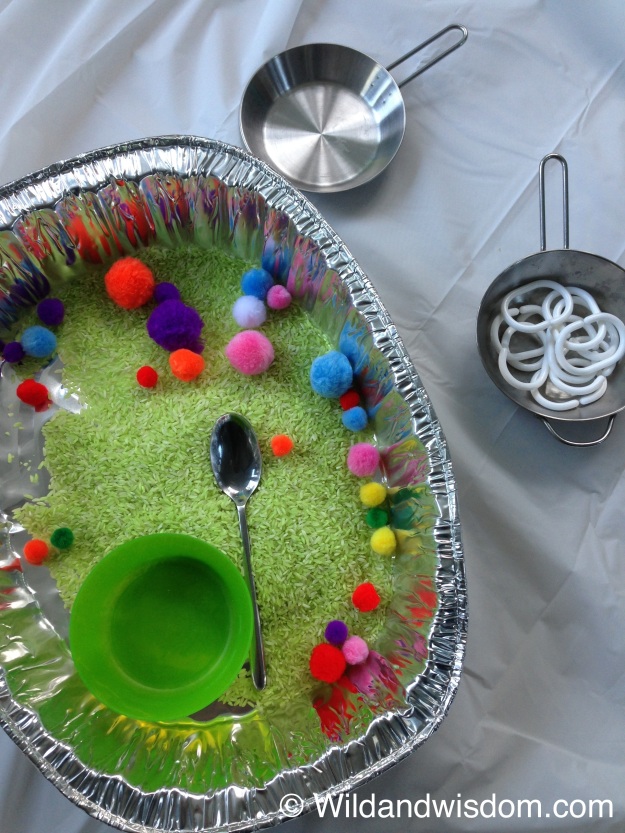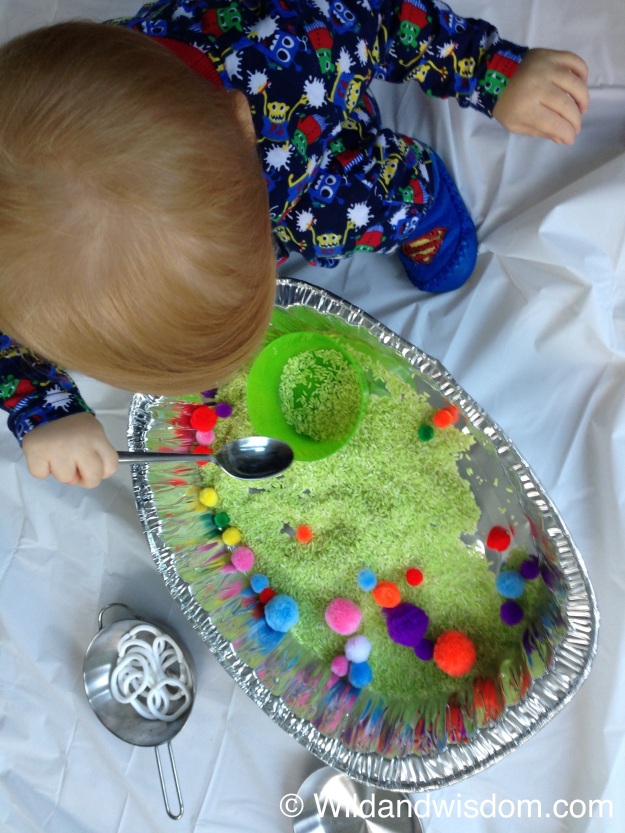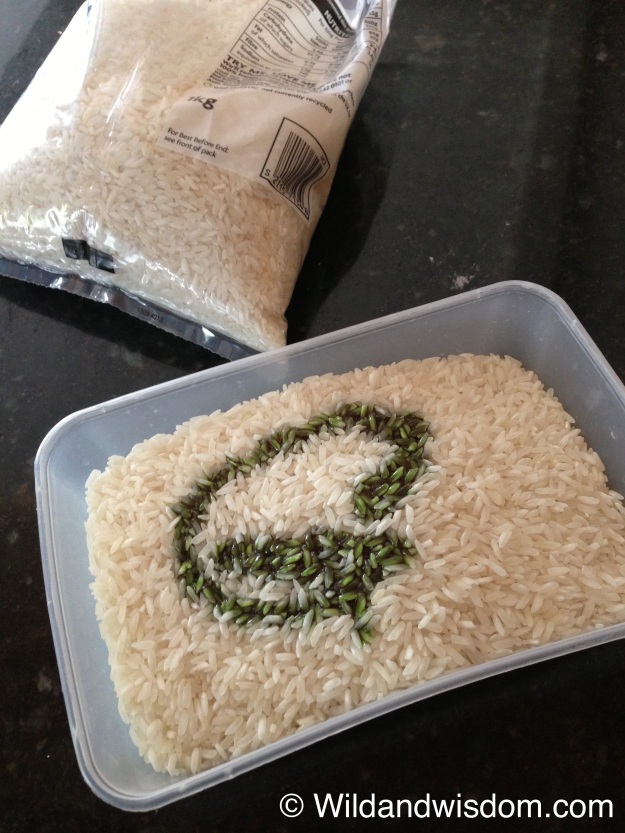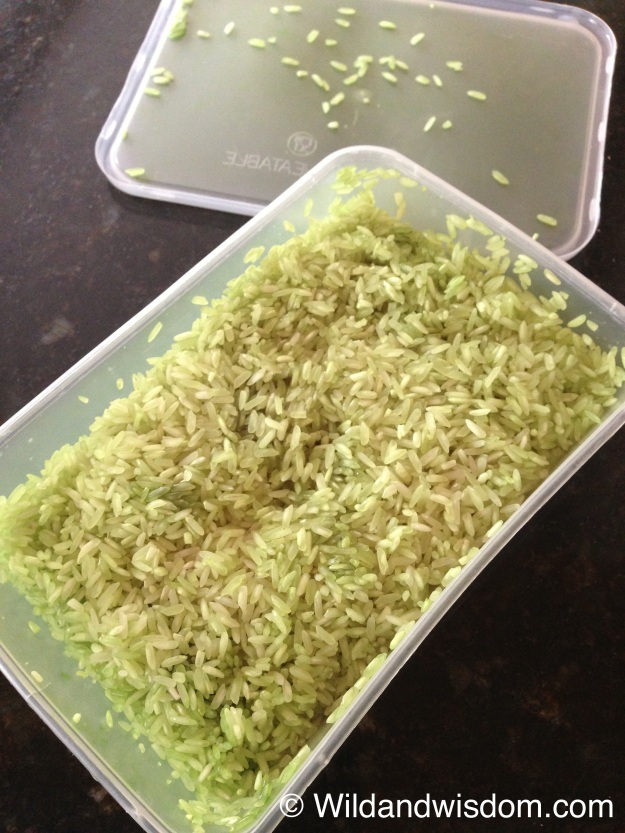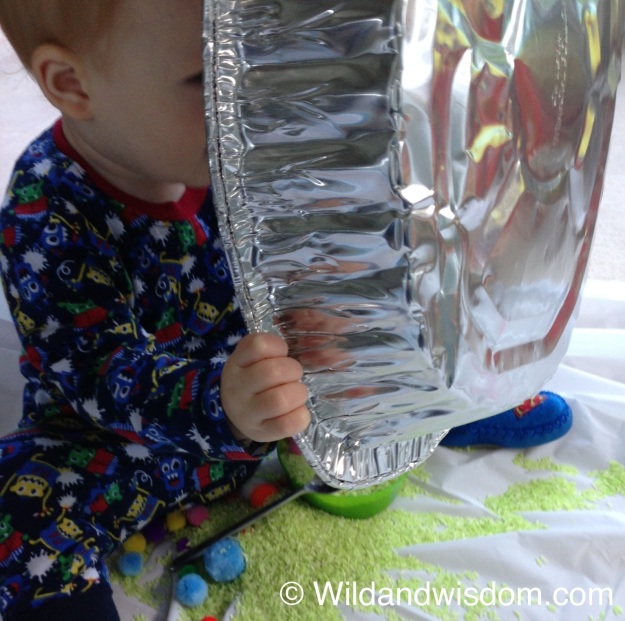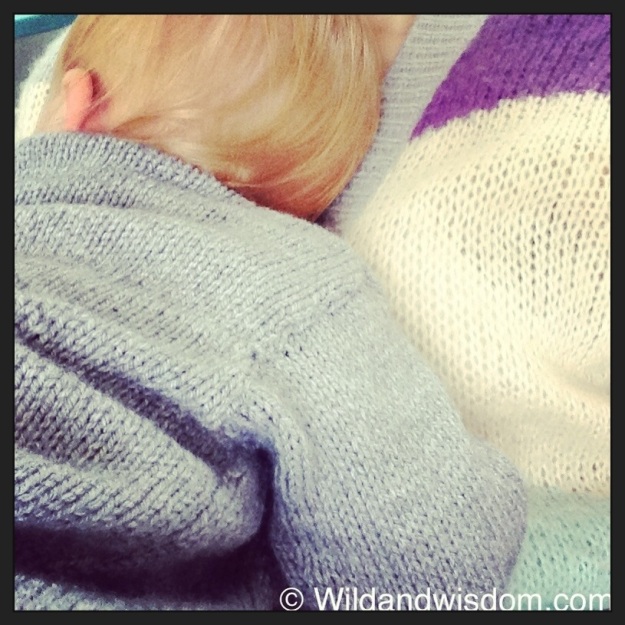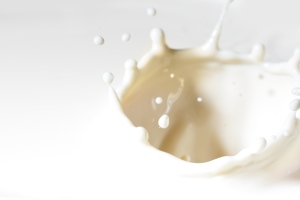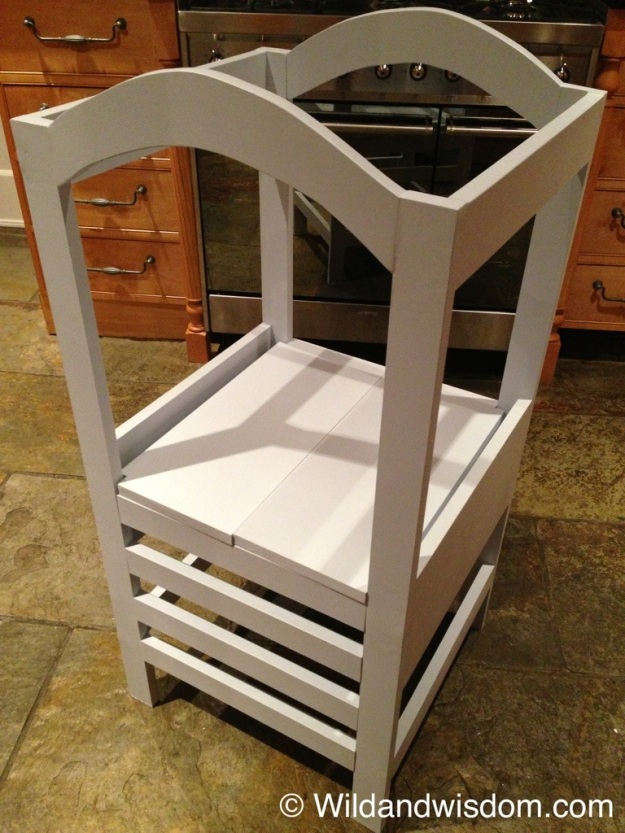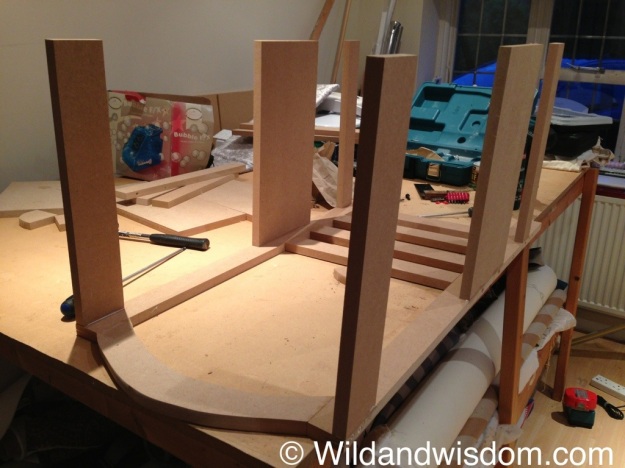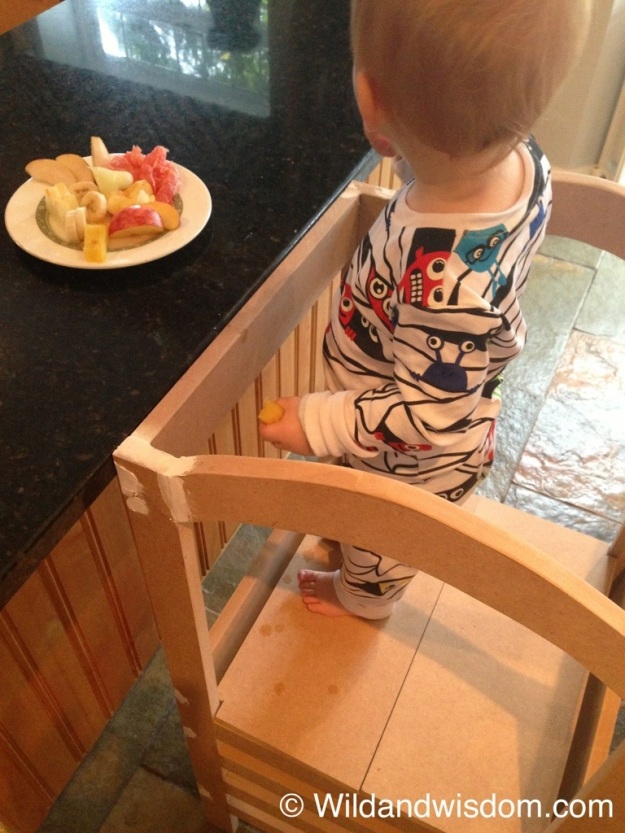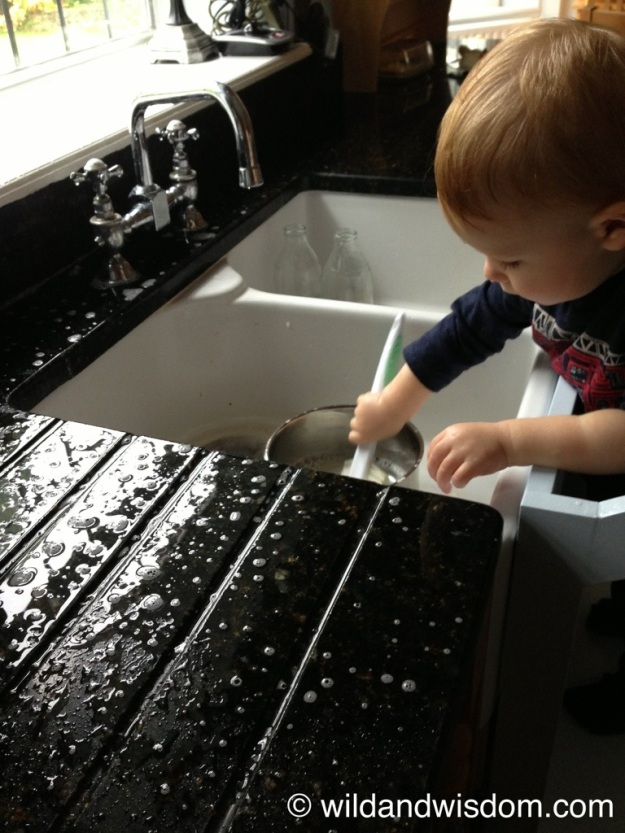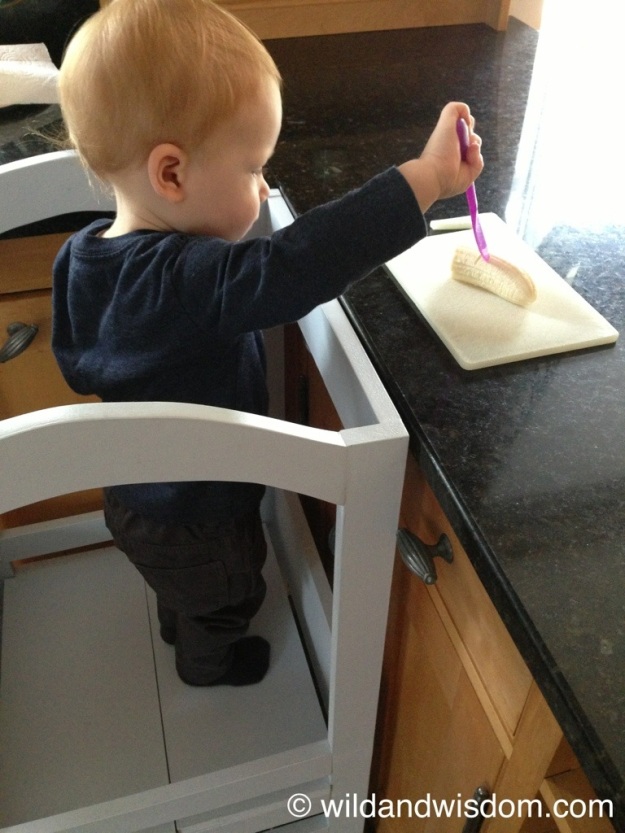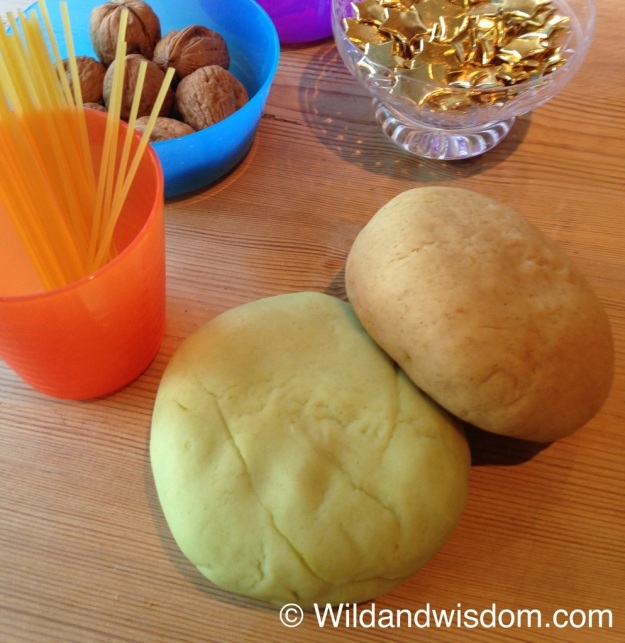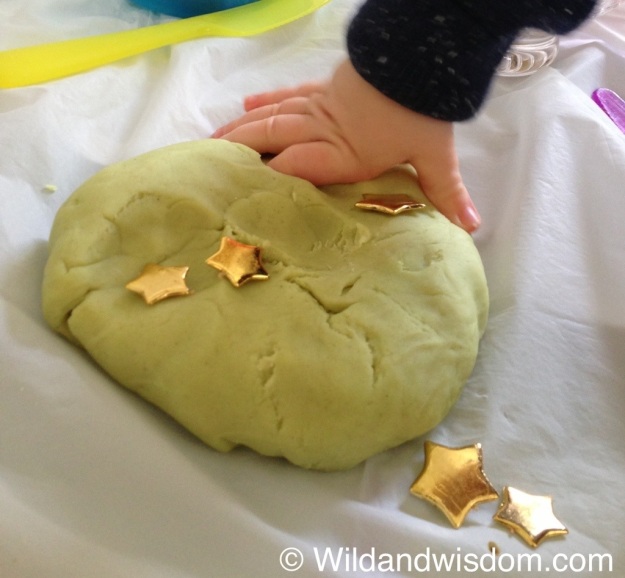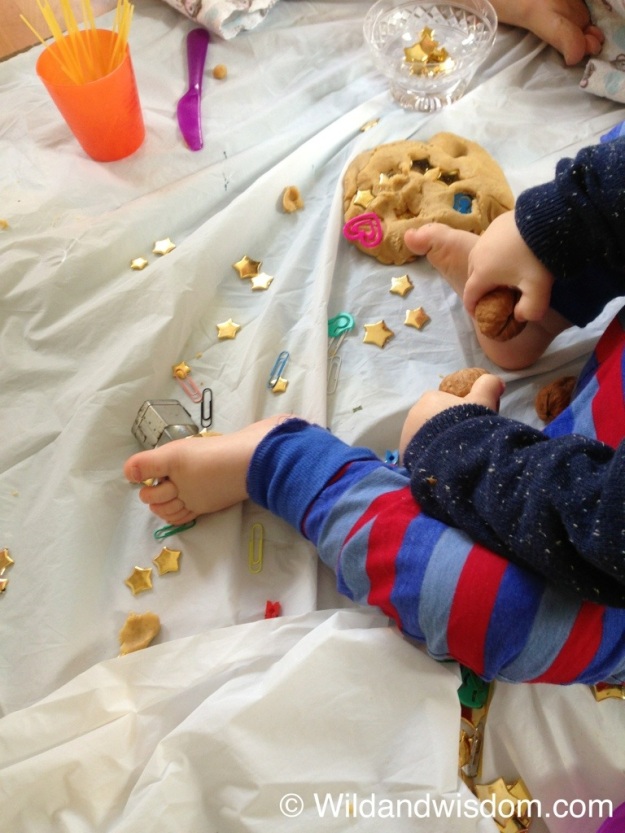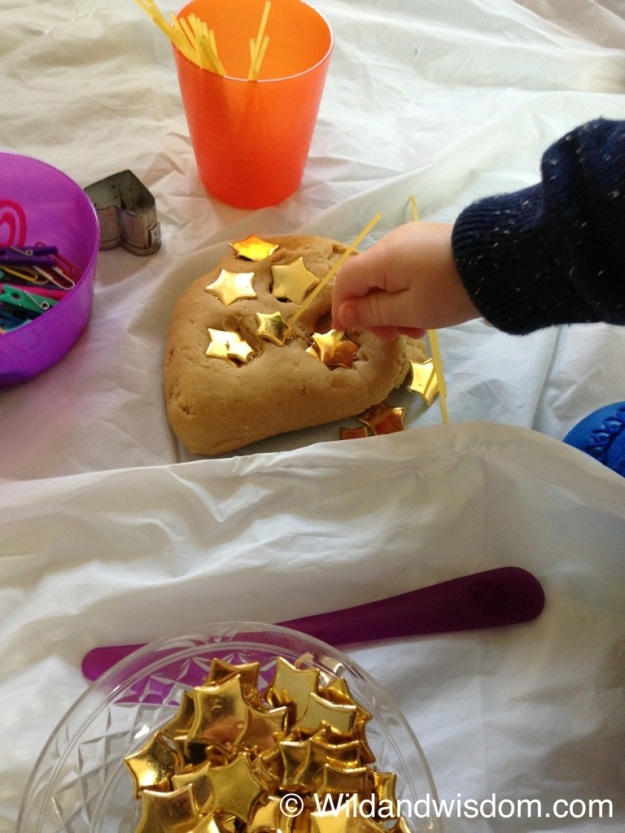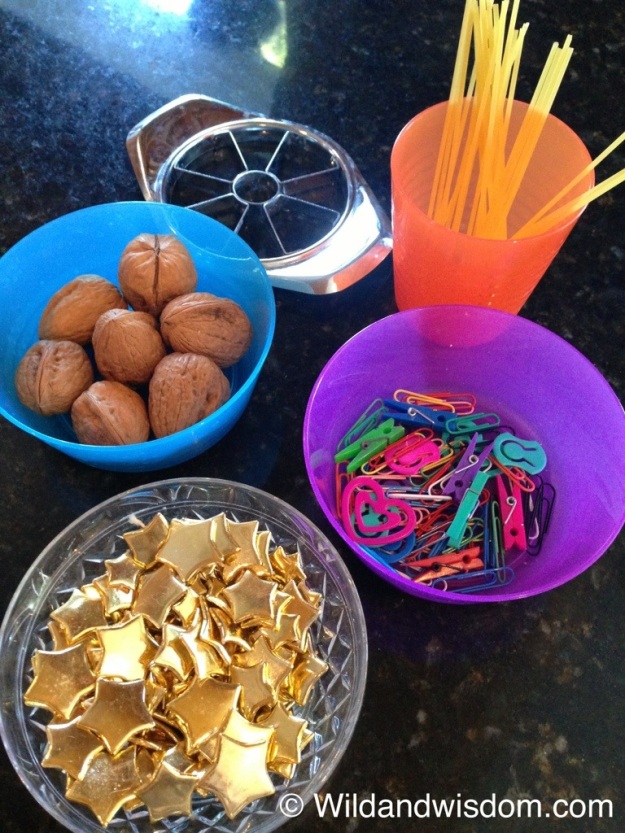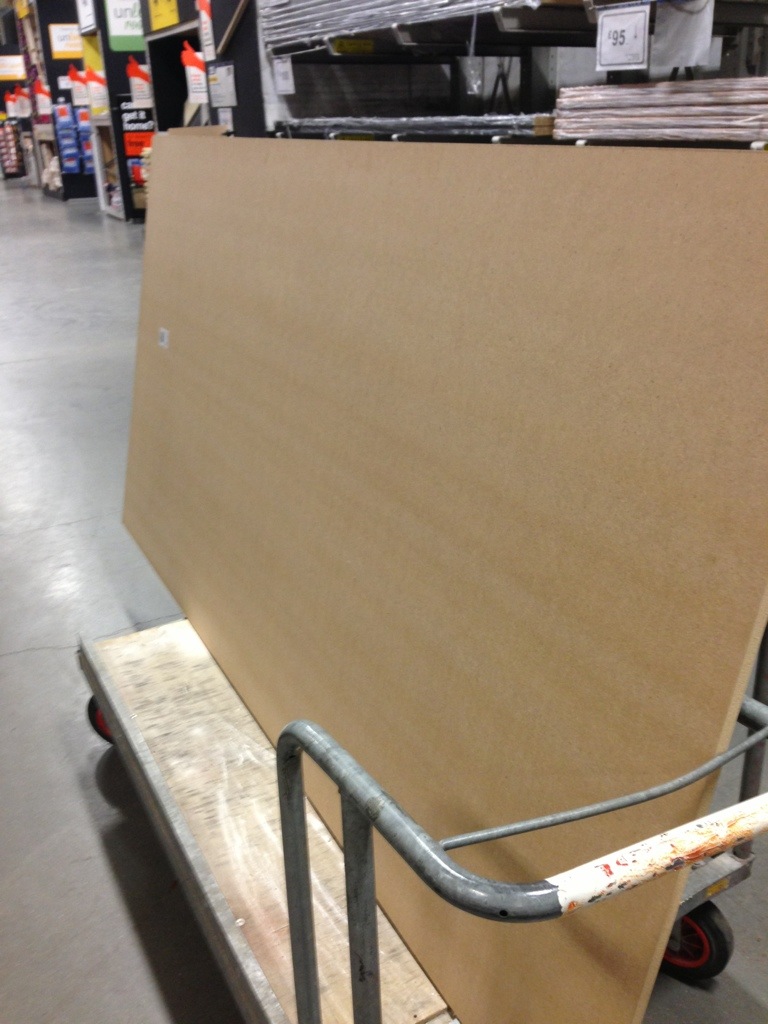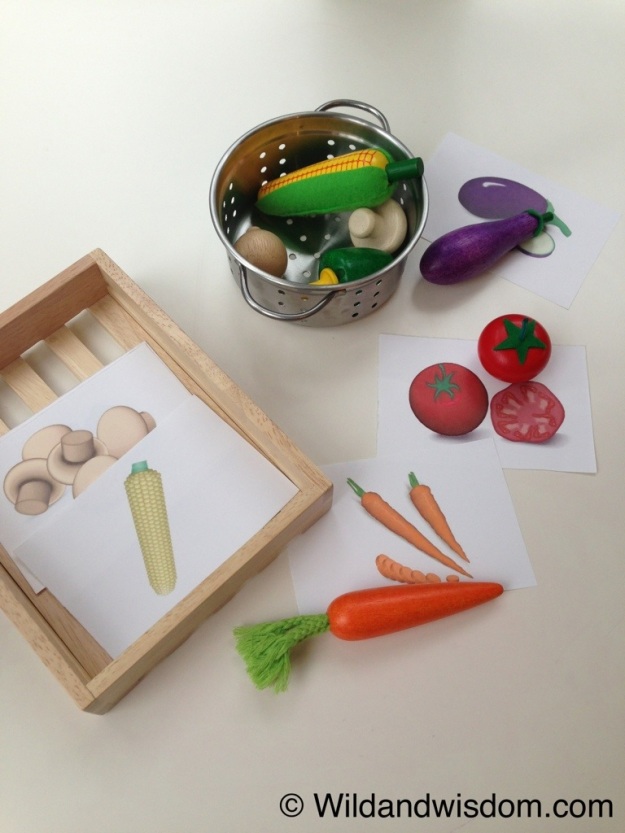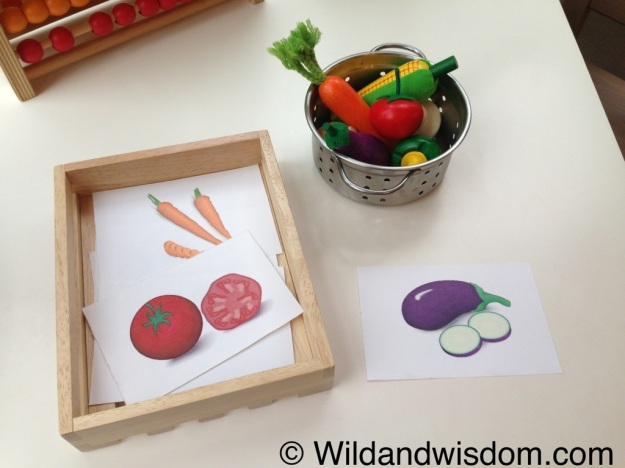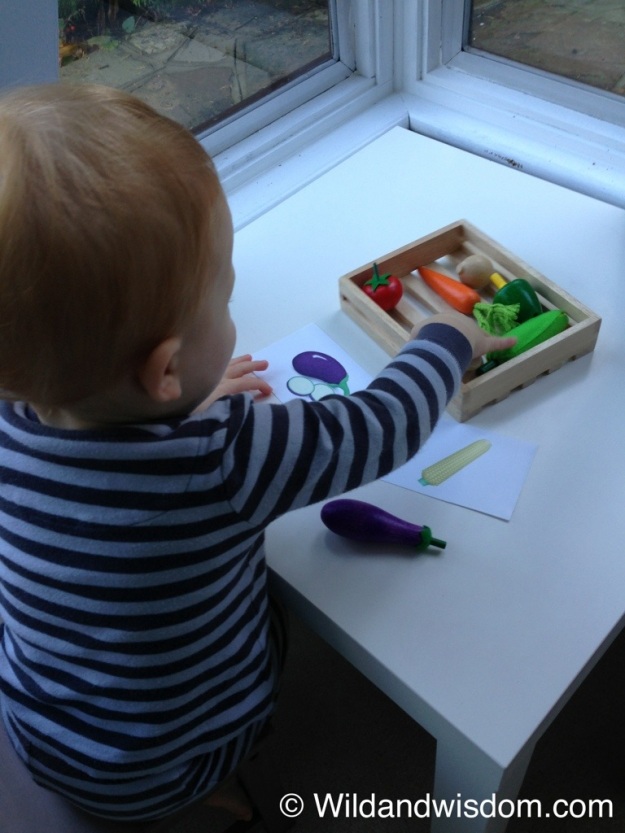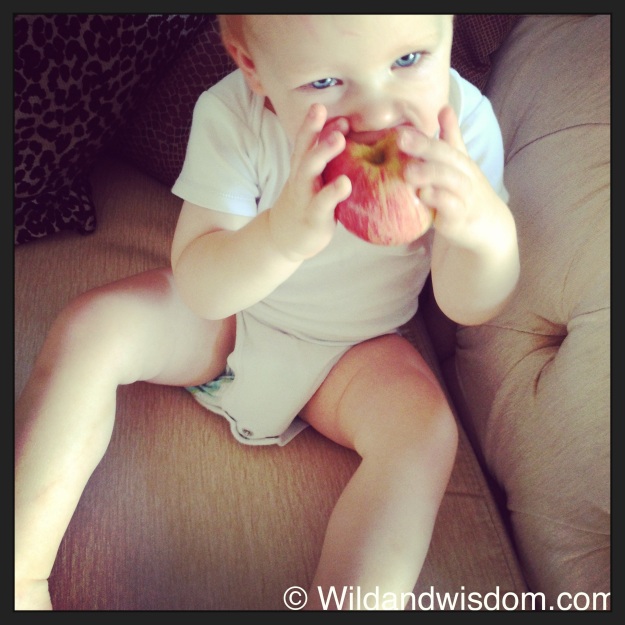 Was the first year of your baby’s life blighted by that WHO growth chart. Each weigh in, exciting, but tinged with just a little fear…failure to thrive, dropping off the curve, supplementing suggestions, early weaning…
Was the first year of your baby’s life blighted by that WHO growth chart. Each weigh in, exciting, but tinged with just a little fear…failure to thrive, dropping off the curve, supplementing suggestions, early weaning…
Then the solids start, and the mission to bulk up continues.
Food becomes such a focus, but is it for the right reasons?
There are many reasons why a healthy, varied and fun diet is so important in those first months and years…but only at the bottom of my list of reasons will you find the growth chart.
Here are a few of the reasons why I try to focus on variety and enjoyment of food, rather than pure old weight gain.
Variety is the spice of life…
It is believed that the taste for flavour begins in the womb, literally, by flavouring the amniotic fluid! What you eat in pregnancy supposedly going on to affect you baby’s tastes as the grow up. The idea continues with breast milk, not only a constantly evolving source of nutrition but of changing flavour too. It is another way of potentially influencing tiny taste buds and preparing them for a variety of foods.
So the idea continues from birth to 12 months. This is a time when baby is most receptive to new tastes and textures, the theory being that exposing them to as many flavours and foods as possible in these early months means that they will continue with all of these recognisable foods and hopefully be as adventurous going forward in life.
Iron deficiency
Quite a major reason for a varied diet, particularly in a breast fed child, is the lack of iron in breast milk. Around six months when the digestive system is fully formed (please read my article on the virgin gut) and baby’s reserves of iron are all but gone, it is important to introduce some good sources of iron like beans, peas, lentils, broccoli, green leafy vegetables and dried fruit. Knowing you need to incorporate such specific foods can make you quite creative, my guy loved this spinach and lentil dahl for an iron boost and a more exotic alternative to broccoli!!
Strong skeleton, strong mind…
The adult skeleton normally contains 206 bones. Babies on the other hand have a different mix of over 300 different bones and cartilage parts. One you probably know about, the cranium, start off as three separate plates which shift and move to allow for passage of the baby’s head through the birth canal. As the baby grows, these plates fuse into one cranium, that soft fontanelle disappears.
All bones start off as cartilage, but many are still cartilage at the time of birth. Cartilage turns into bone over time through a process called ossification.
Calcium is obviously the big factor in bone development. A diet rich in calcium is vital for your child. But bones are a made up of more than just calcium…collagen water, phosphorus, magnesium, and other minerals are all found in bone…so they are all as important as calcium in making bone!
Vitamin C from citrus fruits, tomatoes, peppers, and other fruits and vegetables is essential for making collagen, the connective tissue that minerals cling to when bone is formed.
Vitamin K is thought to stimulate bone formation. It is found mainly in dark leafy greens like kale and spinach, but is also available in beans, soy, and some fruits and vegetables.
Potassium decreases the loss of calcium from the body and increases the rate of bone building. Oranges, bananas, potatoes, and many other fruits, vegetables, and beans are all rich sources of potassium.
Magnesium, like calcium, is an important bone mineral. Studies have shown higher magnesium intakes to be associated with stronger bones. “Beans and greens”—legumes and green leafy vegetables—are excellent sources of magnesium.
Fruits and vegetables are also important for what they don’t do. Some foods—especially cheeses, meats, fish, and some grains—make the blood more acidic when digested and metabolized. These foods add to the body’s “acid load.” When this happens, bone minerals, especially calcium, are often pulled from the bones to neutralize these acids. Diets high in fruits and vegetables actually tip the acid-base scales in the opposite direction and make it easier for bones to hold onto their calcium. (Source: PCRM)
So variety really is more important than quantity?
When you understand the importance of developing good lifelong eating habits and growing bones and growing every other element of a child’s body, it becomes clear that pure weight gain is just a by-product of all of this.
Were you a slave to the growth chart, were you terrified of dropping down a percentile?? Do you think less importance should be placed on that growth chart, or do you think it is an important indication of a healthy child. Please comment to let me know your thoughts.
Sources
http://pcrm.org/health/health-topics/parents-guide-to-building-better-bones
http://www.niams.nih.gov/Health_info/Bone/Bone_Health/Juvenile/default.asp
